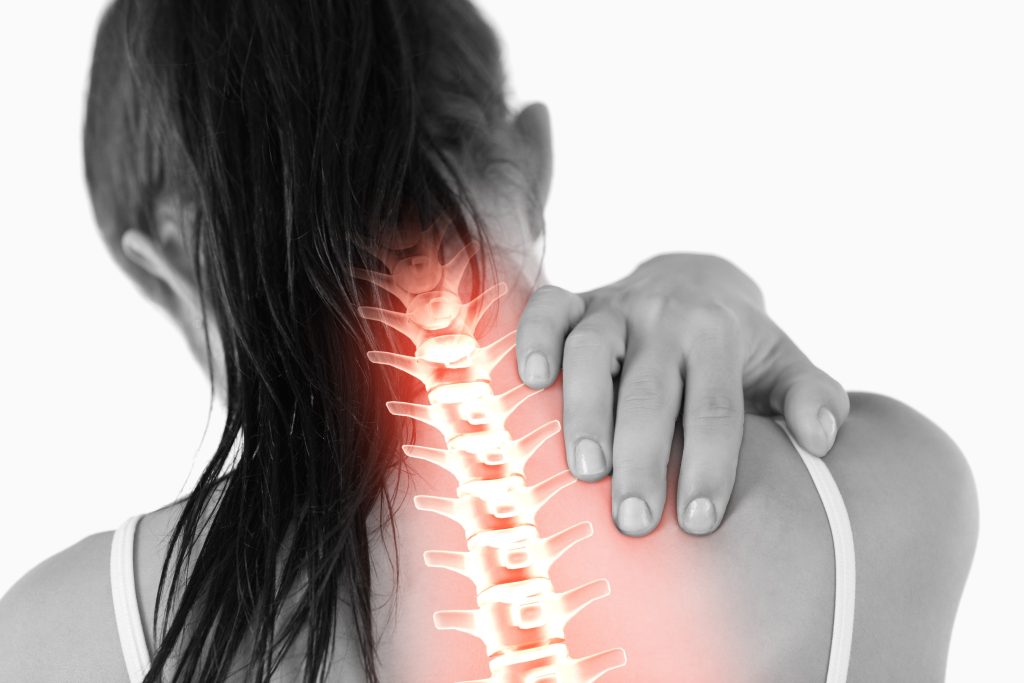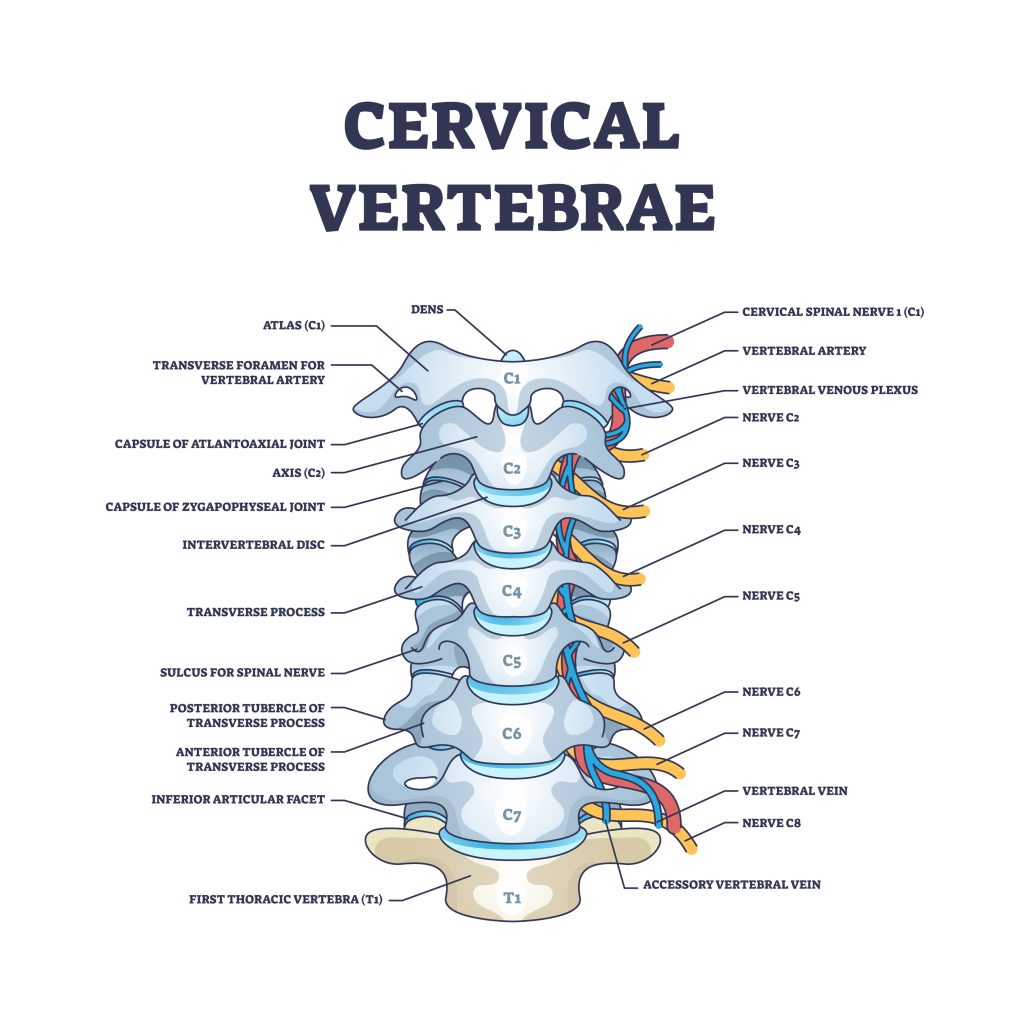
Neck pain is one of the most prevalent complaints among patients. It is likely to affect individuals of all ages. It can come in various forms, from mild to severe, and can be highly frustrating.
There are several probable causes of neck pain. Some of these include infections, genetics, and how you sleep. It’s hard to know exactly why someone might develop cervical pain. Yet, knowing some of the critical factors that can cause might help find a solution.
In this article, we’ll discuss why cervical pain happens, how to relieve and how to prevent it from happening. We’ll talk about the best pillow for neck pain, how to treat, and how physical therapy can help too. If a person recognizes the symptoms of cervical pain in advance, they can avoid it entirely.
What is neck pain?
A lot of different bones and muscles make up the neck. It’s responsible for supporting your head and upper body. The anatomy of the neck includes the following:

- The neck bones: The two prominent bones in your neck are the skull (the front part) and the vertebrae (the back part). These bones make up your spine and support your head and upper body while sitting and standing. They also allow you to move your head from side to side, up and down, forward and backward.
- The cervical muscles: These muscles help move your head in different directions. They attach to the vertebrae on either side of your spine and help rotate your head around its vertical axis.
- The ligaments connect one bone to another in your neck, preventing them from moving too much during activity.
- The nerves: Nerves travel throughout your body and provide information about how your tissues feel to other body parts.
When any of the above parts get injured or stressed, this can lead to neck pain.
What are the symptoms of neck pain?
Neck pain symptoms depend on the damage on the surrounding muscles and ligaments. There are a few key symptoms that you should look out for if you think you may have neck pain:
- Difficulty sleeping due to the pain.
- Headache that doesn’t go away with medication.
- Neck stiffness that doesn’t improve with rest.
- Feeling like you can’t turn your head at all.
- Pain when turning your head from side to side or forward and backward.
- Pain when you move your head up, down, or side to side.
- Tingling or numbness down one arm or both arms.
- Slight changes in vision, such as blurry vision or blindness in one eye.
- Difficulty swallowing or breathing deeply.
Check-in with your doctor quickly if you notice any of these signs. They’ll be able to rule out any serious conditions and help you find treatments that will ease your pain.
What are the causes of neck pain?
Many things can lead to neck pain, but the most common ones include:
- Poor posture
- Inflammation of the tissues around the neck
- Arthritis or other forms of joint inflammation
- Rotator cuff tears occur when the muscles which help to rotate your shoulder become damaged. They often happen during physical activity as a result of aging.
- Repetitive strain injuries happen when the same muscle or group of muscles gets overused and starts to hurt. This can be due to working at a computer all day, using heavy machinery, or keeping your head down for too long.

- Whiplash injuries: You can injure your neck if you jerk your head back quickly after twisting it. It usually comes with severe neck, shoulder, and upper back pain and stiffness.
- In car accidents, people are often thrown around and get hurt in many ways. This includes neck pain, which is usually caused by whiplash trauma.
- Like car accidents, sports injuries can also cause whiplash trauma, which can cause neck pain.
When to see a doctor?
Neck pain can be a sign of an underlying problem. If left untreated, it may lead to more severe health issues.
Doctors may ask about symptoms and medical history to diagnose neck pain. They may also examine your cervical spine (neck) and symptoms.
Suppose there is no apparent cause for your pain, your doctor may suggest lifestyle changes, medication, or treatment plan.
Surgery may be necessary if the reason is anything serious, such as a spinal cord injury or ruptured disc.
How to treat neck pain?
Each patient’s best strategy for treating neck pain is different. However, some of the most common treatments include:
- Physical therapy: Plays a vital role in treating neck pain. It enhances neck and shoulders ROM, strength, proprioception, and coordination. Physical therapy can also help reduce inflammation and improve nerve function.
- Traditional Chinese medicine decreases inflammation and relieves pain using acupuncture. One popular approach for treating neck pain is acupressure. This is done by putting acupuncture needles with pressure on specific body parts to relieve pain and stress. Many acupressure points reduce inflammation, ease tension headaches, and improve blood flow. A similar concept is practiced by local hijama therapists who tend to use cupping as a therapy, which works by acupressure. They use either plastic cupping therapy sets or glass cups on pressure points.
- Chiropractic treatment: To restore motion and enhance function, chiropractors concentrate on manually manipulating your spine.
- Prescription pain relievers help treat both acute and persistent neck pain.
- Home remedies for neck pain can also help relieve symptoms. A few easy things to try are:
- techniques like propping up the head of your bed
- sleeping with an ice pack on your neck
- and taking paracetamol or ibuprofen as needed
What is the best pillow to use?
Some general advice that may help you is to use a pillow that fits your height and shape well. Click here for a detailed article about cervical pillow options. Here are a few suggestions:

- The cervical spine pillow is designed to support the head and neck. It’s made from soft material that conforms to your shape, so that it’s comfortable when lying down and sitting up.
- The C-shaped pillow is specifically designed for people with neck pain. It distributes pressure across the cervical spine, reducing discomfort severity and frequency.
- The waterbed cushion is another good option. It keeps your head up while you sleep, reducing neck stiffness and inflammation.
- If you have tension headaches, a standard pillow may not be enough to relieve them. If so, you might consider getting a foam or memory pillow instead.
- Thicker pads are created from more durable materials, so they last longer. If you usually sleep on your side stomach, you might want a thicker cushion than if you sleep on your back.
Conclusion
This article talked about some of the most common things that can cause neck pain. Overall, preventing problems is always better than fixing them.
In case of prolonged symptoms and no improvement, it’s time to seek medical help. Don’t waste your time trying to treat yourself when you should be seeing a doctor.



